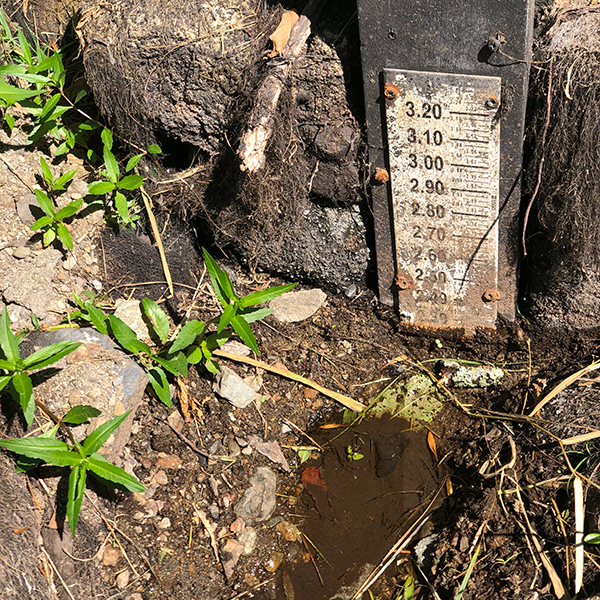Ipswich River Watershed Association, together with The Massachusetts Rivers Alliance and the Parker River Clean Water Association, jointly notified the United States Environmental Protection Agency (EPA) on July 17 through a Notice of Intent (NOI) to sue the agency under the Clean Water Act (The Act). ”Intent to Sue” is the technical avenue prescribed under the CWA to compel the agency to act when one believes it is not complying with the law. The purpose of this potential legal action is to compel the EPA to require Massachusetts to enact meaningful streamflow protection in Massachusetts.
This NOI asserts that Massachuett’s Department of Environmental Protection’s (MassDEP) implementation of the state’s Water Management Act (WMA), does not follow sound science, and is allowing the degradation of the state’s waters which is prohibited under The Act .
In 2014 a set of regulatory changes followed a Massachusetts Executive Office of Energy and Environmental Affairs (EOEEA)-led process known as the Sustainable Water Management Initiative, or “SWMI.” Our position is that the 2014 regulations and the state’s implementation of them violate the federal Clean Water Act by failing to ensure adequate streamflow.
Healthy streamflow is essential for all life in and around the river – including for public water supplies and for public enjoyment of the river. Protecting the Ipswich River and its watershed is our mission. According to both DEP and the EPA – as determined by the “Integrated List of Waters” which Massachusetts is required to be regularly submitted to the EPA – large stretches of the Ipswich River and its tributaries are classified as “dewatered” in the List because of water withdrawals in excess of what both the CWA and the WMA require.
According to Ipswich Rivers RiverWatch Program Manager Ryan O’Donnell, “our 20 plus years of water quality monitoring shows a direct correlation between poor water quality and reduced streamflow. Without meaningful flow in our rivers and streams, it is impossible to meet the water quality requirements in the Act.” Additionally, as demonstrated by the 3 record breaking droughts in just the last 7 years, “this situation will only worsen due to climate change – the time has come to address this problem once and for all” says Resiliency Program Director Erin Casey.
As the NOI says, stream flow is “foundational” to every kind of water quality – physical, biological, and chemical. The US Supreme Court has held, in its 1994 decision, PUD No. 1 of Jefferson County v. Washington Department of Ecology, that water quantity and quality are inextricably linked.
Under the law, The EPA must review and approve water quality standards implemented by the States. Even though the Massachusetts WMA regulations are not labeled “water quality standards,” they function as such. The EPA recognized this in a similar case in South Carolina, last year where they found nearly identical regulations in that state to violate the Clean Water Act.
While the Water Management Act and its regulations are complicated, the problem with them is simple and straightforward – the regulations allow too much water to be withdrawn, at the wrong times of year, from the wrong places, for our rivers, streams, and the people and wildlife who depend on them, to survive and thrive. We can and must do better.
Read the full text of the NOI here.

